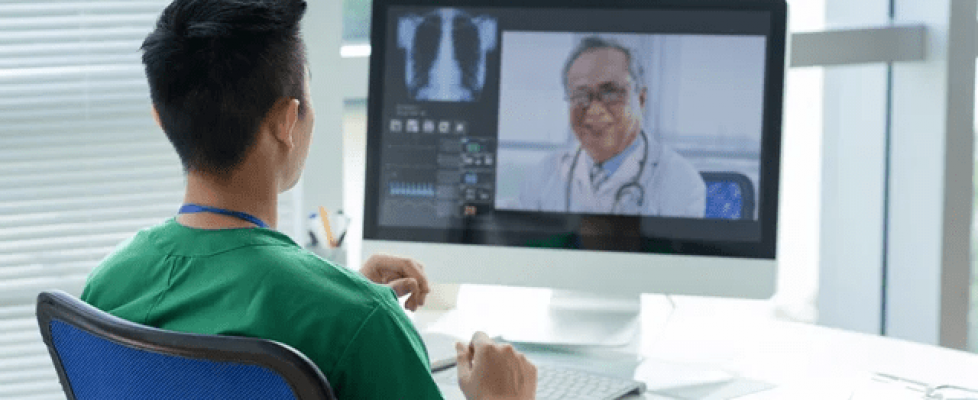Make Medicare and Medicaid telehealth coverage permanent
Unpacking the impact of COVID-19 will take years. In the U.S. alone hundreds of thousands of people lost loved ones, lost their incomes and are still managing the virus’ long-term physical effects. Many more are dealing with increased anxiety, depression and other mental health issues.
If there are any silver linings from what we’ve endured over the past 15 plus months, it’s that the human race proved, yet again, it can persevere through tremendous adversity. The pandemic tested our resilience, and we met the challenge by developing new strategies and innovating new ways to live, work, survive and move forward.
To be clear, there are no winners from COVID-19. Yet if one were to be crowned, the internet would likely take first prize. Connectivity afforded many the flexibility to work from home, spawned a new age of digital nomads and turned delivery workers into essential service providers. It also revolutionized the delivery of health care, moving telemedicine off the sidelines and into a main role in testing, care and treatment — not just for COVID-19, but for a wide range of health conditions. Broadband access quickly became an essential part of our communications infrastructure in supporting the health and wellbeing of America.
During the pandemic, under a national emergency declaration, the Centers for Medicare and Medicaid Services (CMS) reduced certain regulatory requirements for telemedicine by allowing states and providers to be reimbursed for audio and video visits. It resulted in a dramatic increase in the number of patients and providers willing to seek and deliver care via phone or internet.
With COVID-19 now waning in the United States, telemedicine advocates want to see these changes made permanent. Bipartisan efforts in Congress are attempting to modernize telemedicine and continue access to these life-saving services. The Protecting Access to Post-COVID-19 Telehealth Act of 2021, or HR 366, led by the Congressional Telehealth Caucus, specifically calls out the need to expand telemedicine to underserved and at-risk populations and seniors.
Despite this push from both advocates and Congress, the U.S. Government Accountability Office (GAO) advised Congress just weeks ago that it should wait and further study whether the quality of telehealth care during the pandemic was high enough to warrant a permanent expansion of Medicare and Medicaid programs.
Understanding the impact of these expanded services on the health of the nation will take time — but telemedicine is here to stay. A recent study found that of the roughly 24 million Medicare beneficiaries whose providers offer telehealth services, nearly half (45 percent) conducted a virtual visit between the summer and fall of 2020. It also found that another 23 percent of Medicare beneficiaries weren’t aware telehealth sessions were even possible. Congress should concentrate on removing barriers — and expanding access, not constricting it.
There is no substitute to a face-to-face medical visit for certain procedures and exams. But for sessions that can be done remotely, virtual visits offer an efficient solution — not just for patients, but for providers as well. Andrea Schwartz, a geriatrician in Boston, who works with veterans as part of a Veterans Administration (VA) program, noted that the patient no-show rate “plummeted” when virtual visits became the norm during the pandemic.
Nowhere has the need for more accessible forms of medical treatment been greater than in the field of mental and behavioral health. Prior to the pandemic, a Cambridge University Press study found patients missed roughly 20 percent of their scheduled appointments for mental health treatment. During the pandemic, one Minnesota nonprofit health plan saw mental health visits skyrocket more than 2,000 percent. The demand is there, and telehealth has proven to be an extremely effective health care delivery tool.
Forcing patients to attend in-person mental or behavioral health care visits can actually reduce care-seeking behavior. Virtual visits can make it easier for patients to access the care they need. It can reduce the stigma often associated with treatment, and allow people to receive services in the comfort and privacy of their own home.
But telehealth only works when it’s available to everyone. And when vast segments of the population still do not have reliable internet access — including New York City, where 500,000 households lack connectivity today — it further exemplifies how the digital divide in America disproportionately impacts the most disadvantaged among us.
Continuing Medicare and Medicaid coverage for telehealth visits is smart policy. It just makes good common sense. Let’s make it permanent and improve the health and wellbeing of all Americans.

